How to Train a Reactive Dog. Training your reactive dog goes beyond teaching him or her commands; it is strategies that are aimed at developing a relationship between you and your pet. Once I knew that my dog was reactive, I was a little worried and did not know what to do.
Just going for walks was difficult on some routes as meeting other dogs or people seemed out of the question. But as time went on, I sought these new ways with lots of effort I realized and found new techniques that work. Here in this article, you will learn all about the personal experiences I have had so far.
I am convinced that that doesn’t matter if you are just starting or you have been training for some time, any dog can get better if trained properly. Let us know to make lemonades out of lemons in memories that stand between us and them.
Key Takeaways
- Training a reactive dog requires positive reinforcement approaches which should be repeated to be effective.
- You can think of training on how to manage your dog’s reactivity as starting by learning what makes them react.
- Gradual exposure forms the basis of the desensitization techniques as applied to your dog.
- Hire assistance from a professional is essential if your dog is aggressive or if you cannot handle the dog.
- Silent, gradual progress is typical for success rather than a fast and dramatic change.
What Is Reactive Behavior in Dogs?
Definition and Common Triggers
Common Triggers Include:
- Other dogs or animals.
- Unknown people coming closer.
- Specific noises include fires, fireworks, thunderstorms and hailstorms.
- People cross by on cars, bicycles, or on ordinary walks.
Signs Your Dog Is Reactive
We should be able to distinguish between reactivity and aggression. Reactive dogs often display these signs:
- Groaning, growling, or whining.
- Pulling or charging on the leash.
- Staring at the trigger, inability to stop staring at it or freezing.
- To avoid, escape or run away from the situation.
Why Are Some Dogs Reactive?
Nature vs. Nurture
Individual reactivity may stem from a single gene inheritance as well as from growing up in a certain environment.
- Genetics: Some types are more prone to being alert or sensitive and that can cause their reactivity.
- Environment: Said dogs exhibit some abnormalities as a result of early abuse, lack of early socialization or early abuse and lack of proper training.
Fear and Lack of Socialization
The majority of reactive dogs have had inadequate exposure to novel stimuli during their vulnerable period as a puppy.
They may not have adapted to a new environment or developed diverse methods and insights of perceiving and understanding sights, sounds, people, or animals and become fearful in different situations.
Steps to Train a Reactive Dog
Understand the Triggers
Trigger Diary Template:
| Situation | Trigger | Distance | Dog’s Reaction |
|---|---|---|---|
| Morning walk | Another dog nearby | 20 feet | Barking and lunging |
| Afternoon playtime | Loud car engine | 10 feet | Whining and freezing |
That way, you’ll know the environment you are in, noise levels, or any stimulus that may cause you to become reactive.
Use Positive Reinforcement
Rewarding corresponds to reinforcing: while punishment corresponds to extinction, punishment is the best way to avoid undesirable behaviour or actions.
This means that rather than voicing scold or possibly spanking your dog each time he acts stupid, you should train him to do the right thing and then reward him. This helps in creating positive connotations to situations which used to cause reactivity.
How to Implement Positive Reinforcement:
- Carry High-Value Treats: The best time to lure your dog is when it is in the mooforof foraging and you can lure it with irresistible bites chicken or cheese.
- Redirect Focus: Prompts like “Look at me” will help you to clear your dog’s attention towards the trigger and you.
- Reward Calm Behavior: Every time your dog is still during any given time, you can give him/her treats, affection or toys.
Praising calm behaviour cements your dog’s mind the fact that only relaxation leads to positivity.
Counter-Conditioning
Counter-conditioning is a technique that addresses the feeling that your dog has towards a stimulus. Instead of becoming fearful, anxious or aggressive when exposed to a trigger, your dog will start developing some sort of positive feeling towards the trigger.
For instance, if your dog becomes aggressive when confronted with bicycles, then you can always use bicycles to give your pet something he or she loves such as food.
Steps for Counter-Conditioning:
- Introduce the Trigger at a Low Intensity: To do this, first introduce the trigger at a low intensity to which the dog will not have a negative reaction. This may be seeing one in the distance, or just hearing one pass by, for instance.
- Pair with Positive Reinforcement: To eliminate this the dog has to notice the trigger at which time you must give them a treat or talk soothingly to them. In the long run, your dog learns that the trigger that used to cause her to react fearfully has something good to do with it.
- Increase Exposure Gradually: Gradually increase the amount of the trigger present (.4 such as slowly approaching a passing bicycle) at the same time, continue to reinforce the good behaviour.
For about 99% of the cases, the main goal is to alter the dog’s emotional response to the trigger from fearful/anxious to a positive one.
Consistency and Patience
Dogs, especially reactive dogs, require a few months to Un-train and, therefore preserving consistency is vital. They are not going to stop instantly, but with time the dog will be trained to respond better to stimuli that used to cause him stress. Remember the plan, don’t get frustrated, and make sure to always celebrate the small victories.
To train successfully and reduce the dog’s reaction to triggers, you need to: As the name suggests, classify the stimuli that make your dog act unusually, reduce undesirable habits through positive reinforcement, teach your dog new behaviours that are more effective through desensitization, and make use of counter-conditioning to make your dog more composed over a certain trigger.
Tools and Techniques for Training
Recommended Training Equipment
| Tool | Purpose | Example |
|---|---|---|
| Gentle Leader | Reduces pulling and improves focus | Ideal for leash control |
| Front-Clip Harness | Prevents pulling and lunging | Great for beginners |
| Long Leash | Allows safe exploration at a distance | Useful for desensitization |
Redirection Techniques
Redirection diverts your dog’s focus towards you from a trigger.
Common Techniques:
- Usually, you can use for example a “look at me” command in combination with a treat.
- Take a favourite toy as a tool to help gain focus.
When to Seek Professional Help
Working with a Dog Trainer
One must understand that certified dog trainers deal with behaviour. They can explain and give an example of how it should be done and how needed to be done.
What to Expect from a Trainer:
- Personalized counselling with your dog based on the characteristics of each.
- Limited contact with those stimuli may prompt the expression of symptoms in a controlled scenario.
- Monitoring work progress and the modification of change management strategies when necessary.
Consulting a Veterinary Behaviorist
In extreme situations, the veterinary behaviourist may prescribe drugs to lessen the stimulated anxiety or anger. Integrating medical services with training can be very beneficial.
Real-Life Success Stories
Bella: Overcoming Fear of Strangers
Bella, a 4-year-old Lab mixmented with aggression every time people came to their house. Her owner applied desensitization another form of training, she begins with strangers standing far from Bella and whenever she doesn’t react negatively, she is eaten a treat. In one or the other, Bella was able to learn how to greet guests politely.
Rex: Leash Reactivity Improvements
Rex, a 5-year-old German Shepherd, continued to bark and lunge toward other dogs while on walks. Through the use of a front-clip harness and redirection, the owner was able to contribute to the non-reactivity of Rex in just a few months.
Maintaining Progress Over Time
When you first begin training your reactive dog, getting him to improve becomes the main goal, but sustaining that improvement is the next goal.
Training cannot be a one-off activity, but training has to be a continuous process where the message has to reach the audience and has to be reinforced several times. This is an indicator that if you break it down to improved good habits and simple progression your dog will not regress.
Reinforce Good Habits
Tips for Reinforcement:
Use Treats Occasionally: However, even after big improvements, sometimes it can be helpful to offer something like a treat to associate a particular behaviour with being quiet, for example. These reward ideas should be replaced with lower-value treats or verbal praise so the rewards maintain their motivation but are not over the top.
Controlled Exposure: Exposure must be done gradually to initially find and prevent a severe reaction in dogs when exposed to any of the triggers. Progressive socialization ensures your dog stays comfortable exercises confidence and stays calm.
Practice Known Commands: Now and again, dating back to those basic commands such as sit, stay and look at me to make sure that your dog responds well. I found that it is good to get practice in various environments so that the employee too can be flexible.
Preventing Regression
Despite the progress one should ensure not to put your dog in situations that would mess up the training that has been done. Reactivity can come back if a dog experiences stressful situations for which the dog is not yet prepared.
Strategies to Prevent Regression:
- Control the Environment: Someenvironmentalt conditions may act as triggers to your pet, so do not take the dog to such places. For instance, do not take your dog to popular areas such as parks or heavily pedantic areas before okaying your dog to bask in mild stimuli.
- Stay Observant: Look for indicators such as lip licking, yawning, and freezing as a sign of stress from the kids. These signs suggest to your dog that may want to escape the situation briefly.
- Stick to a Routine: Dogs also prefer their schedules to be set up fixedly, in a similar way. Taking the training sessions, walks and playtime into consideration can greatly help in giving a dog an organized life.

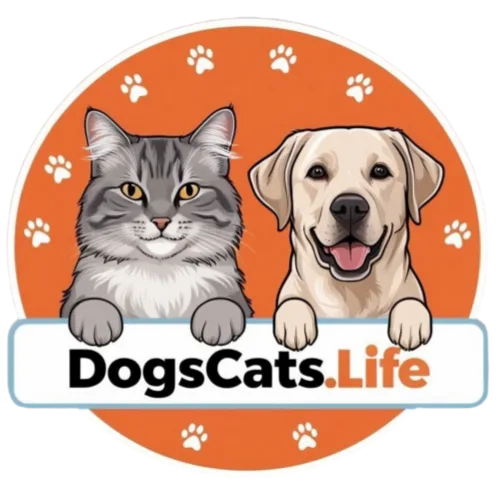
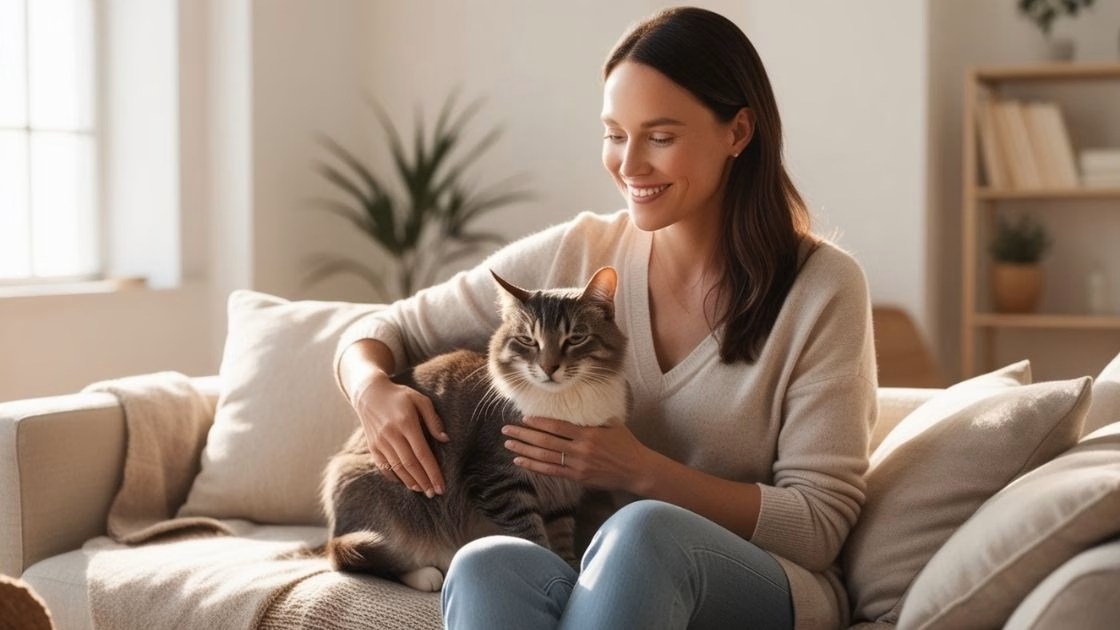

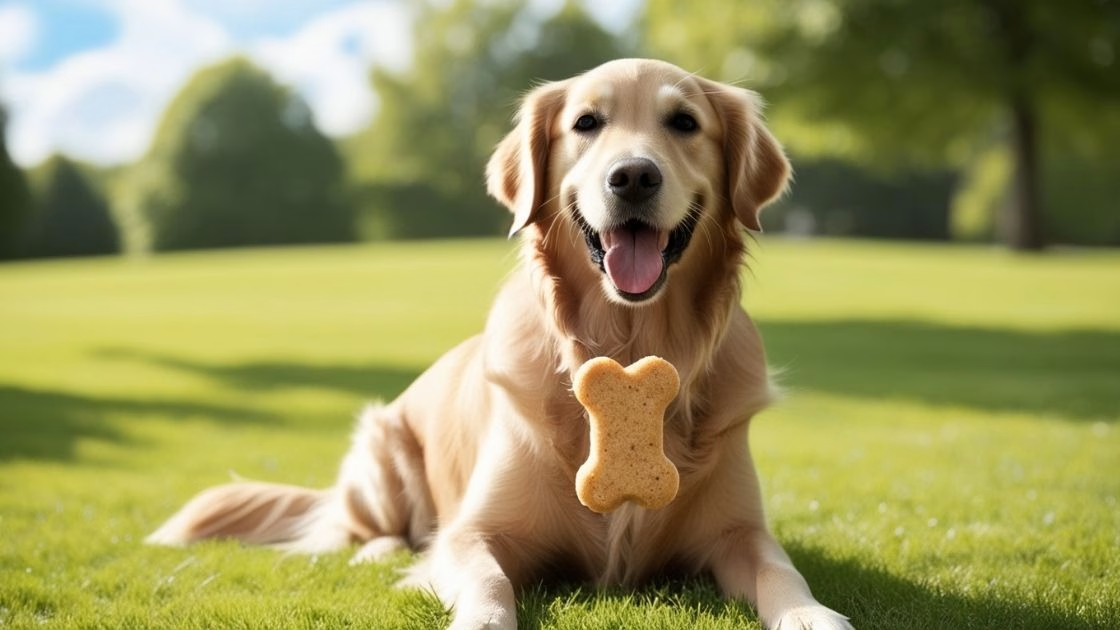
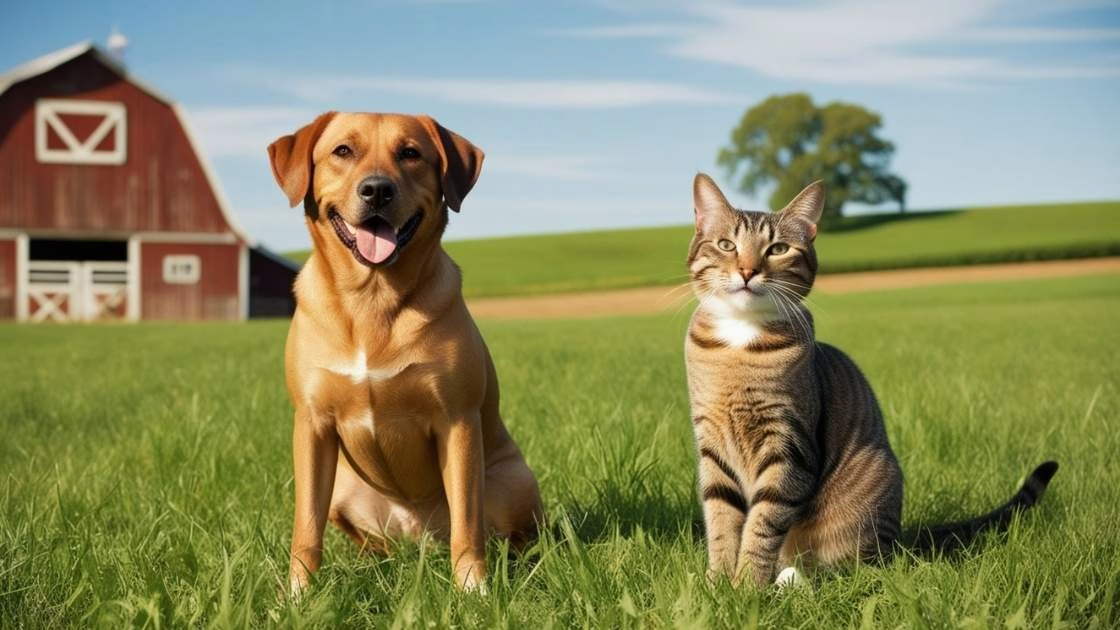
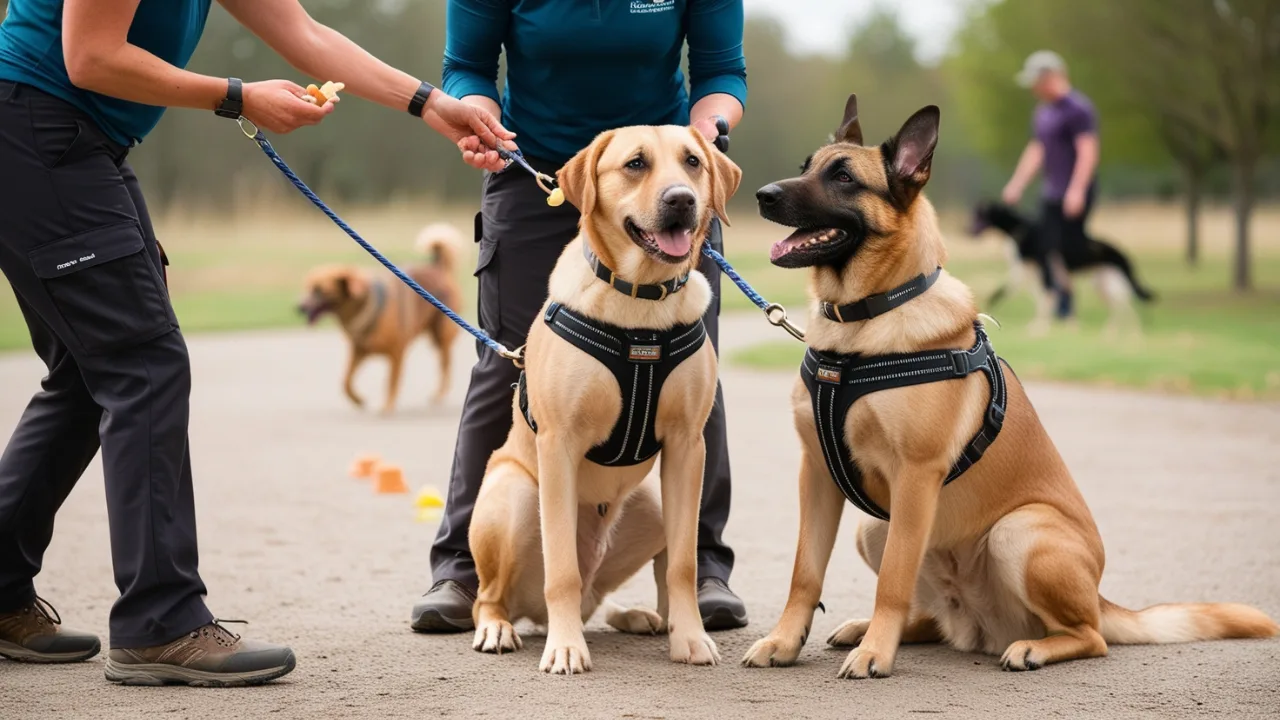
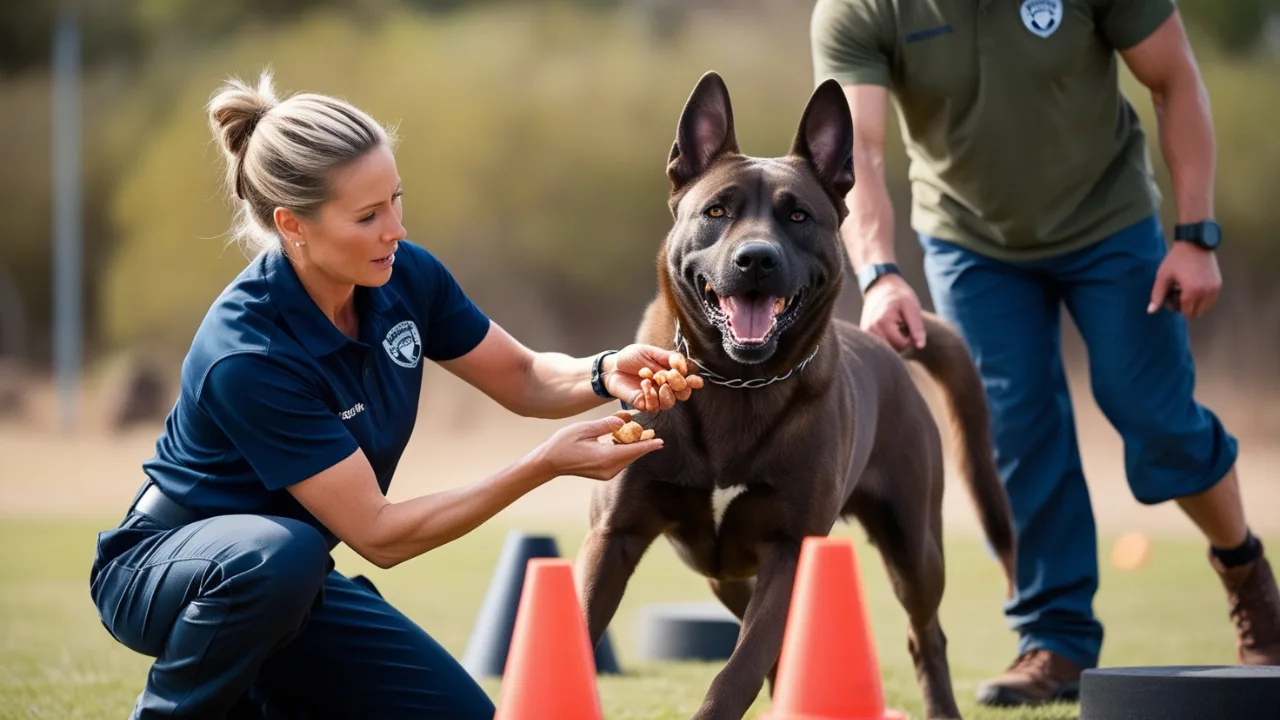



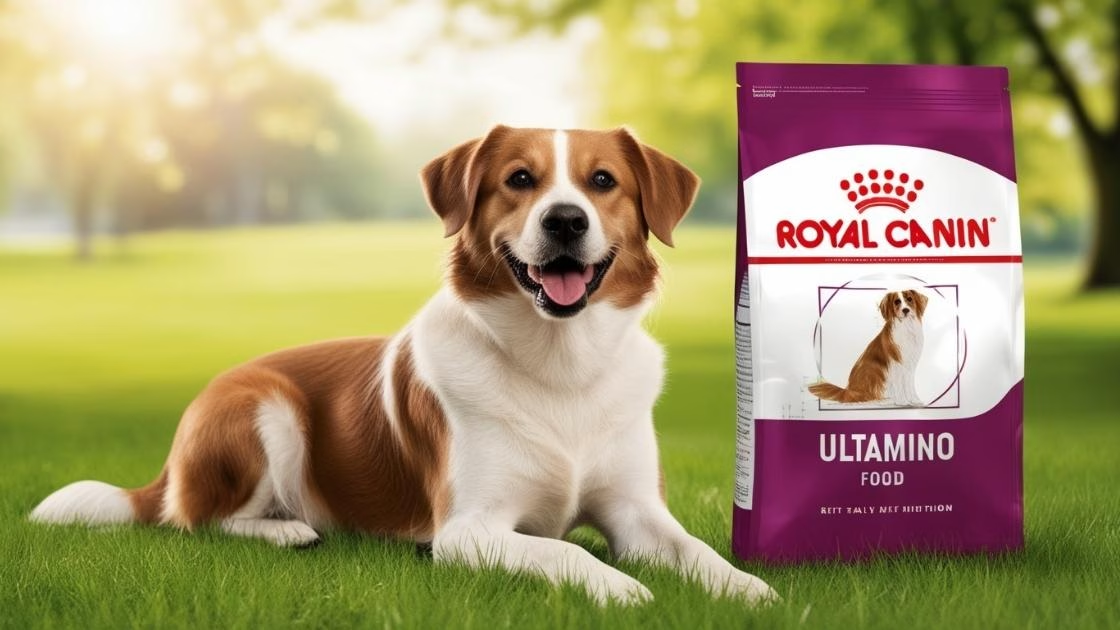
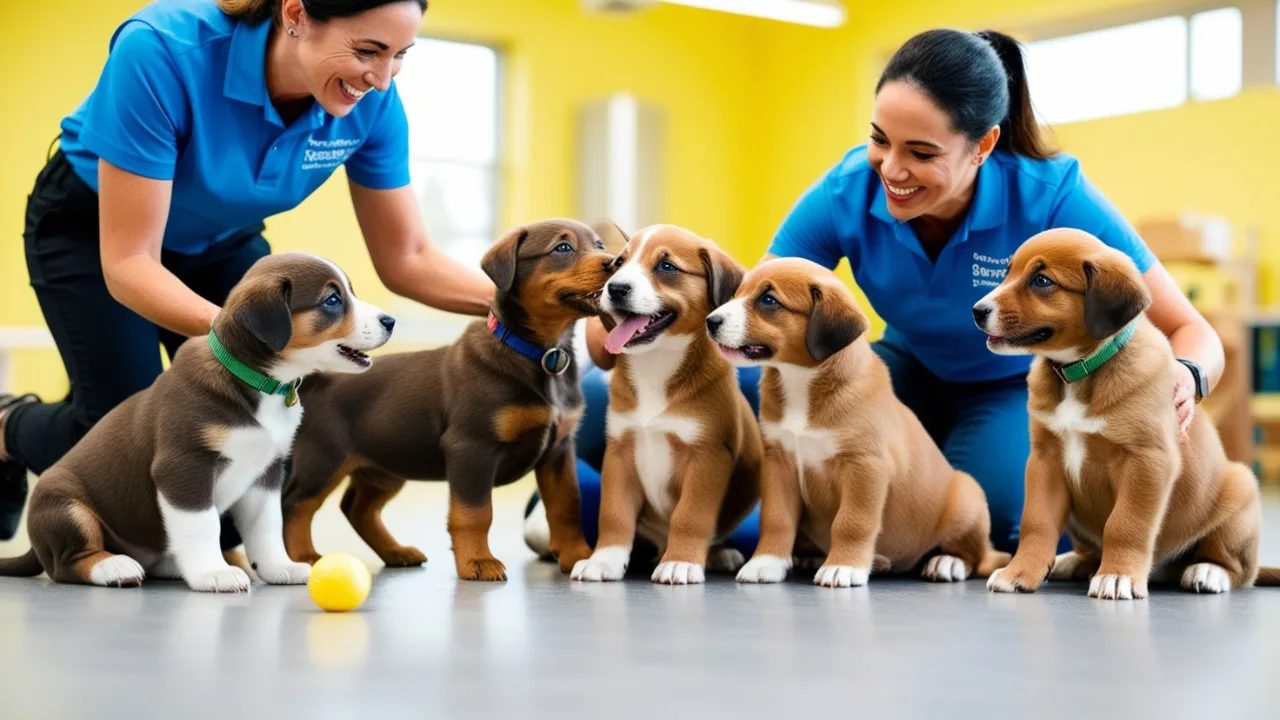
Leave a Reply
View Comments